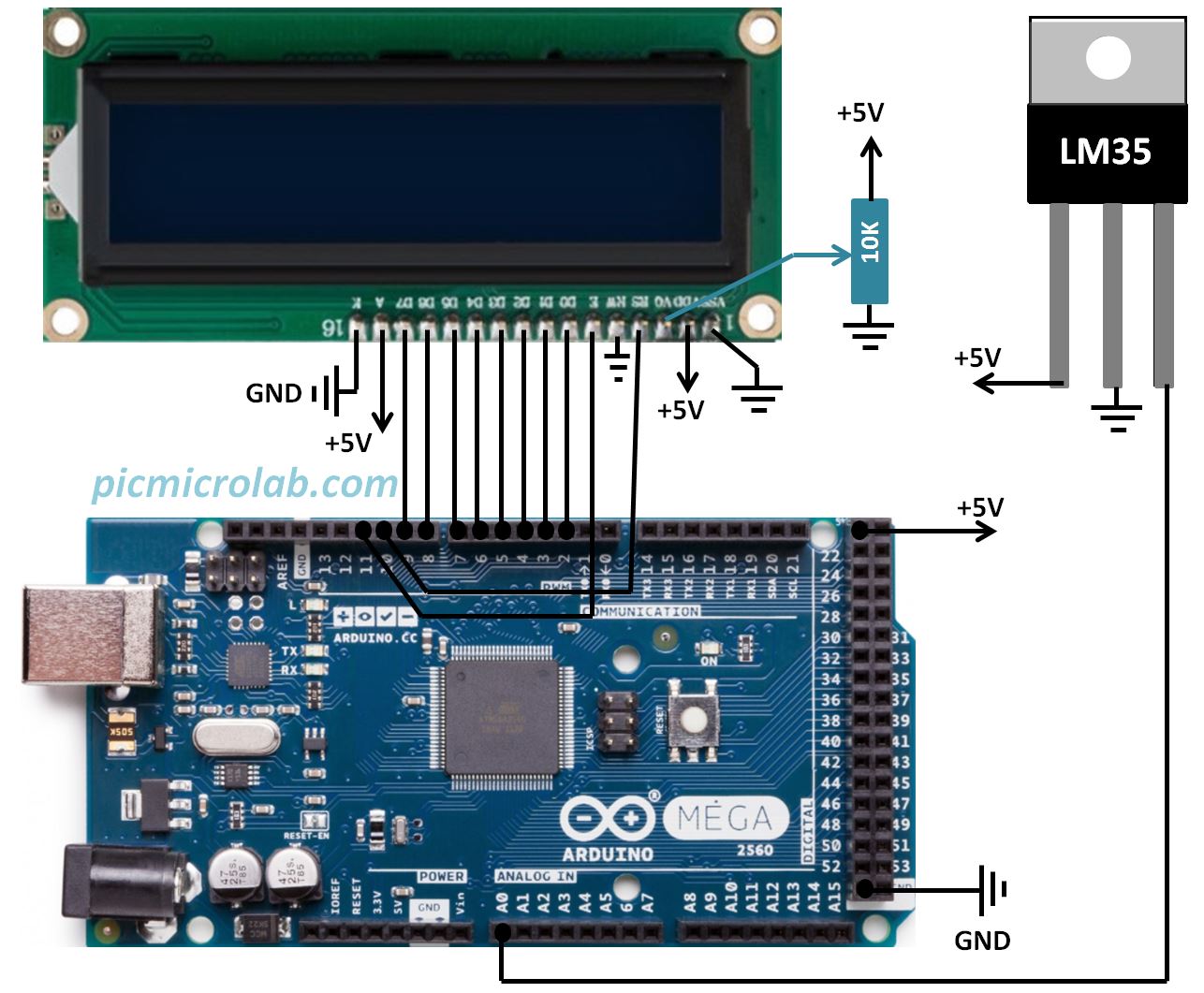

TWCR = (1 << TWINT) | (1 << TWEN) // start PEC reception, transmit NACK TWCR = (1 << TWINT) | (1 << TWEA) | (1 << TWEN) // start data reception, transmit ACK TWCR = (1 << TWINT) | (1 << TWEN) // start address transmission TWCR = (1 << TWINT) | (1 << TWSTA) | (1 << TWEN) // send start condition Since I use 4&5 for signal, the next pins 2&3 can be used for power.ĭelay(100) // wait for things to stabilize Here is an Arduino Sketch that lights it up: Of course cold isn't a thing, it's the absence of warming radiation, an absence natural to expect from space. I agree that pointing an infrared bolometer at the sky is interesting-It's so cold, even on a hot summer day, if clear. It's interesting to think about which applications will depend on shielding from sunlight and which won't-Thanks for reporting on use avionics. The wavelength argument is much more reasonable, even though it also has limitations, than the solid-angle argument. Visible light from the sun, as well as near infrared and ultraviolet, can heat the whole package, changing the temperature-difference between the thermopile and the ambient sensor, thus changing the reported temperature. Please see page 40 of the datasheet about sunlight. If the sun doesn't make a difference because it's such a small solid angle of the sky, how come it warms me when step into it from the shade? It may be a small part, but the radiative transfer depends on the cube of the temperature difference, so a small portion of the sky at 5000 Kelvin can overwhelm the effect of a colder sky much closer to the ambient temperature. I wouldn't at all fear trusting these sensors outside during a sunny day.
#Arduino thermometer full
Where I'm going with this is that even here in Phoenix Arizona during a heat wave in 2008 with stark blue sky and full bright sun, the UAV autopilot was still rock solid (as always) measuring tilt of the UAV and flights were perfect. and it is surprisingly accurate on the order of 1 to 2 degrees of angle. So these sensors with their large FOVs can be used to calculate tilt angles of the UAV relative to the horizon. Even if it's overcast with low clouds, those clouds are most certainly going to be colder than the ground. Blue sky looks very cold as in what it is in the stratosphere up where passenger jets fly (let' say -60 centrigrade). My autopilot product used an array of 6 of these sensors pointing 1 each up/down left/right and forward/backward to "see" the thermal difference between sky and earth. So, sun = tiny, and sensor can't even see the dominant wavelengths of the sun. By ratio of area of those disk sizes, this means the sun is basically NOTHING.

Check out Īlso, then sun is very tiny in the sky relative to the total field of view of these sensors: sun = 0.5 degrees, sensor field of view is > 90 degrees. All that can get through is NIR longer than 1050 nm as well as all the FIR. So again if window is silicon, this means NONE of the visible nor half of the NIR even make it into the sensor. with plenty in the red, and less in the blue end.

Without being rigorous here, we know the sun looks orange/yellow so I'd assume the dominant photon wavelength is around 600nm. If it is in fact silicon, then it acts as a band pass filter with SHARP cutoff for all wavelengths below about 1050 nm. It looks identical to the silicon used in the Melexis thermopiles I used to use for an attitude sensor of my first autopilot sold back in 2008.

I have not looked at the spec sheet to see what material is used for the window.


 0 kommentar(er)
0 kommentar(er)
